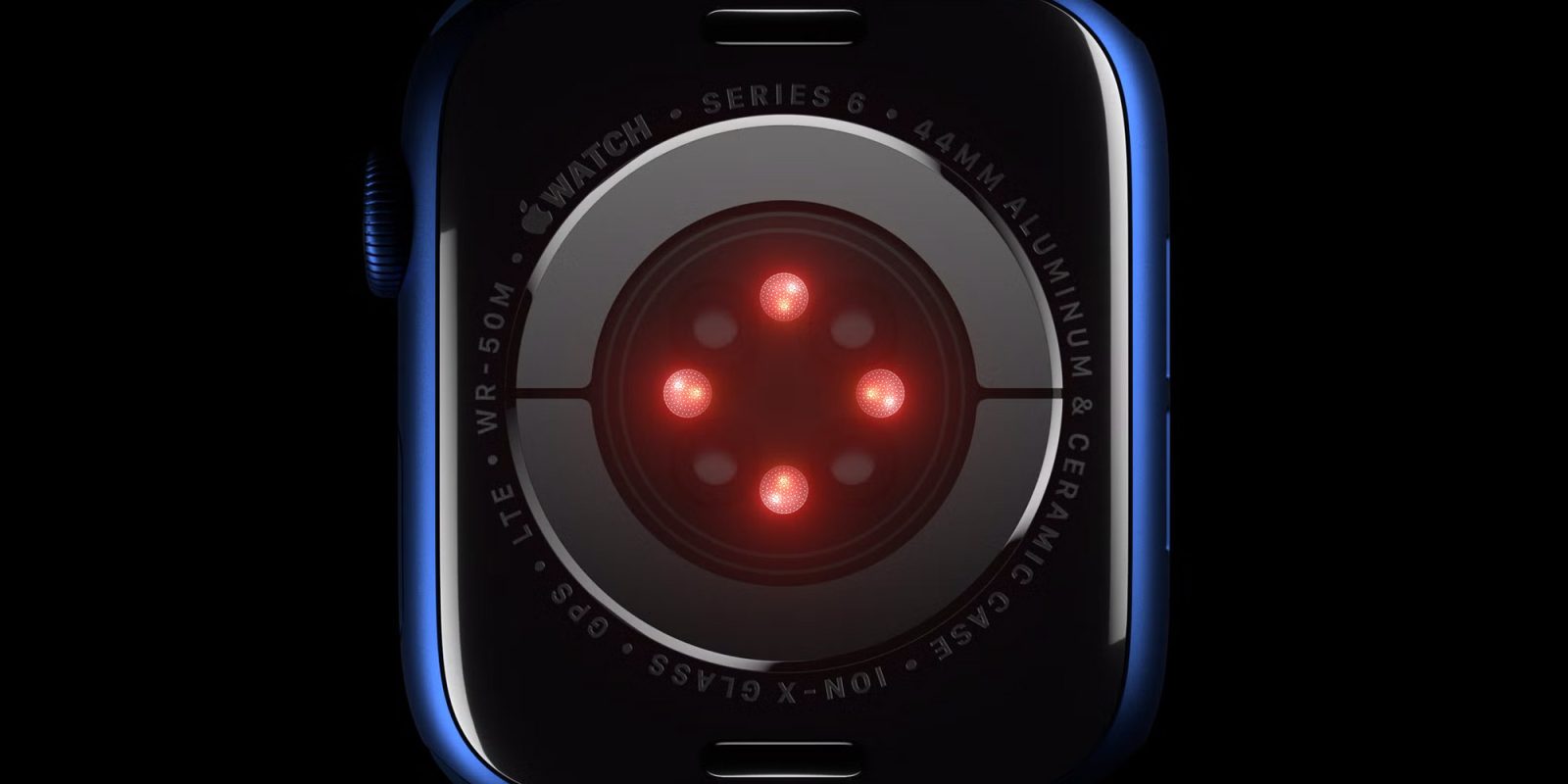Shortly after our daughter’s birth in October, the hospital informed us that she needed to undergo a rescreening for a newborn genetic disorder. Her initial test showed low T-cell levels, an essential part of the immune system. Despite the likelihood of a false positive result, we were advised to hold off on live virus vaccinations until the retest.
After two anxious weeks, the retest confirmed it was indeed a false positive, and she was perfectly healthy. During this waiting period, I delved deep into understanding the US newborn screening program. This program, largely unseen and taken for granted, plays a crucial part in our healthcare system, only surfacing when problems arise.
The intricate balance of screening for rare diseases
In California, where we reside, a small blood sample is taken from a foot prick and screened for over 80 serious but treatable genetic disorders. One of these is SCID, a condition affecting 1 in 58,000 babies. SCID, also known as “bubble boy” disease, can be fatal without early detection but has a high survival rate with early treatment.
For effective screening of rare conditions like SCID, a test must exhibit ultra-high reliability and affordability, and be automatable. The SCID test meets these criteria, requiring only 0.08% of infants to undergo a second test, boasting an ultra-low false positive rate.
Advancements in rare disease detection
The progress made in detecting and treating rare genetic disorders is often overlooked, as these conditions are not at the forefront of public awareness. The significant reduction in overall infant mortality rates in the US over the years reflects this progress. The success in detecting and treating SCID mirrors the advancements made in many other rare diseases and neonatal care.
Despite the anxiety caused by the false positive result, I am grateful for the SCID test. While our experience turned out to be a false alarm, I am aware that many families receive timely assistance due to such screenings.
Why An Incorrect Newborn Screening Result Was A Blessing













